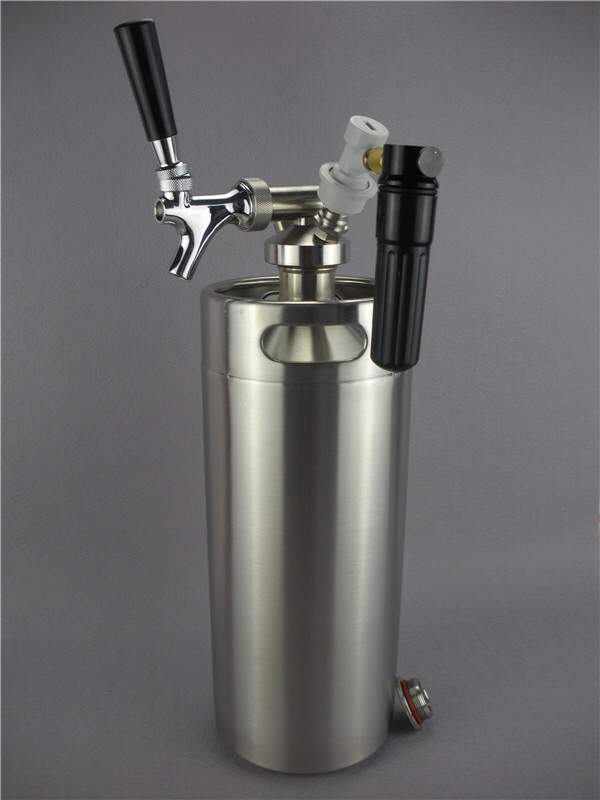sjacksonuk
New Member
- Joined
- Aug 7, 2016
- Messages
- 14
- Reaction score
- 4
Hi All,
I've had a trawl through this forum however I can't seem to find what I'm looking for, please forgive me if I've missed it!
In the past I have used a preassure barrel for my brew however I have had rather inconsistent results with the carbonation. Sometimes I would have good carbonation but after a couple of pints the barrel starts to 'gulp'. To compensate this, I purchased small Co2 canniesters but this only works for so long.
Am I missing a trick or is this something to expect with a fairly basic preassure barrel? Any advice welcome.
I've had a trawl through this forum however I can't seem to find what I'm looking for, please forgive me if I've missed it!
In the past I have used a preassure barrel for my brew however I have had rather inconsistent results with the carbonation. Sometimes I would have good carbonation but after a couple of pints the barrel starts to 'gulp'. To compensate this, I purchased small Co2 canniesters but this only works for so long.
Am I missing a trick or is this something to expect with a fairly basic preassure barrel? Any advice welcome.





































![BREWING THERMOMETER STICKERS ACCURATELY MONITOR FERMENTING BEER & WINE LIQUID TEMPERATURES 5PCS HOME BREW SPIRITS WINE LCD ADHESIVE [US]](https://m.media-amazon.com/images/I/311DDjo2X3L._SL500_.jpg)





